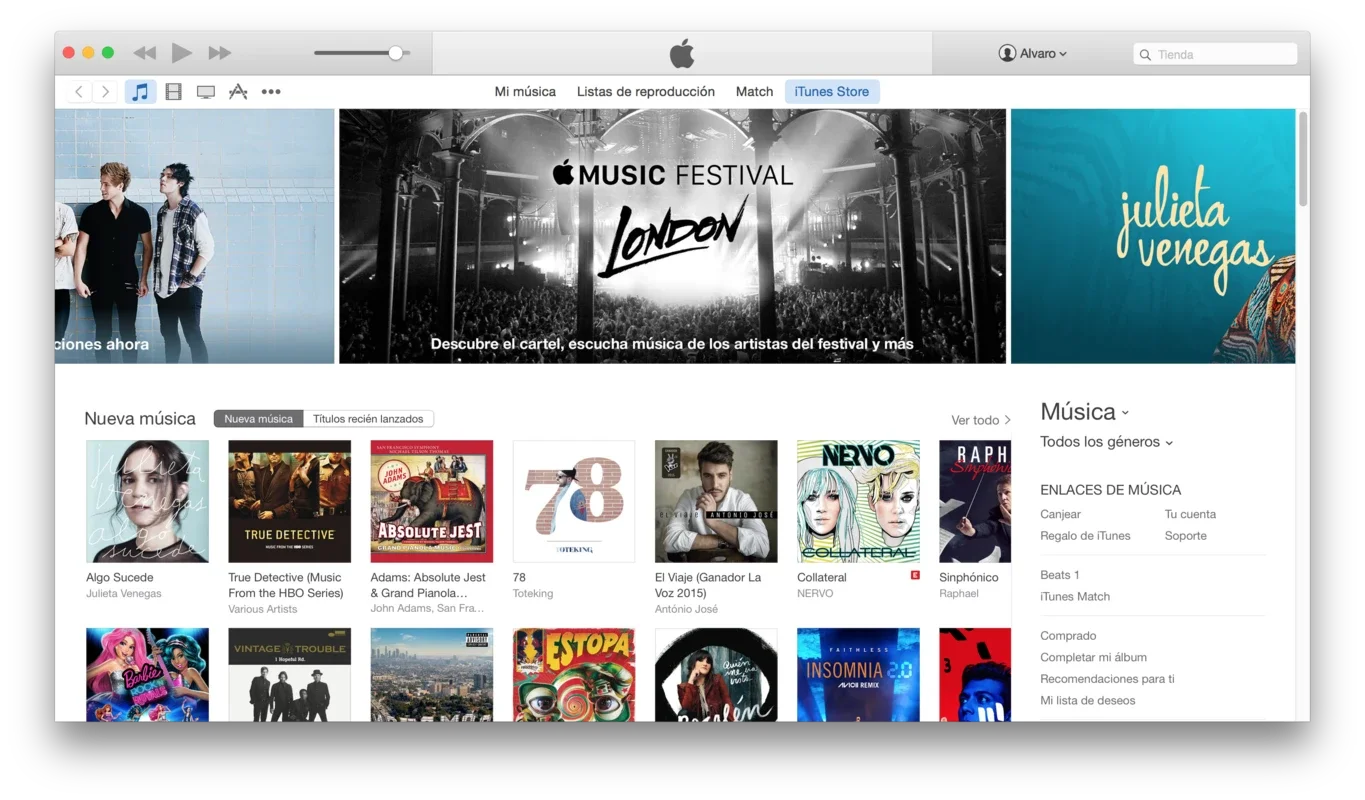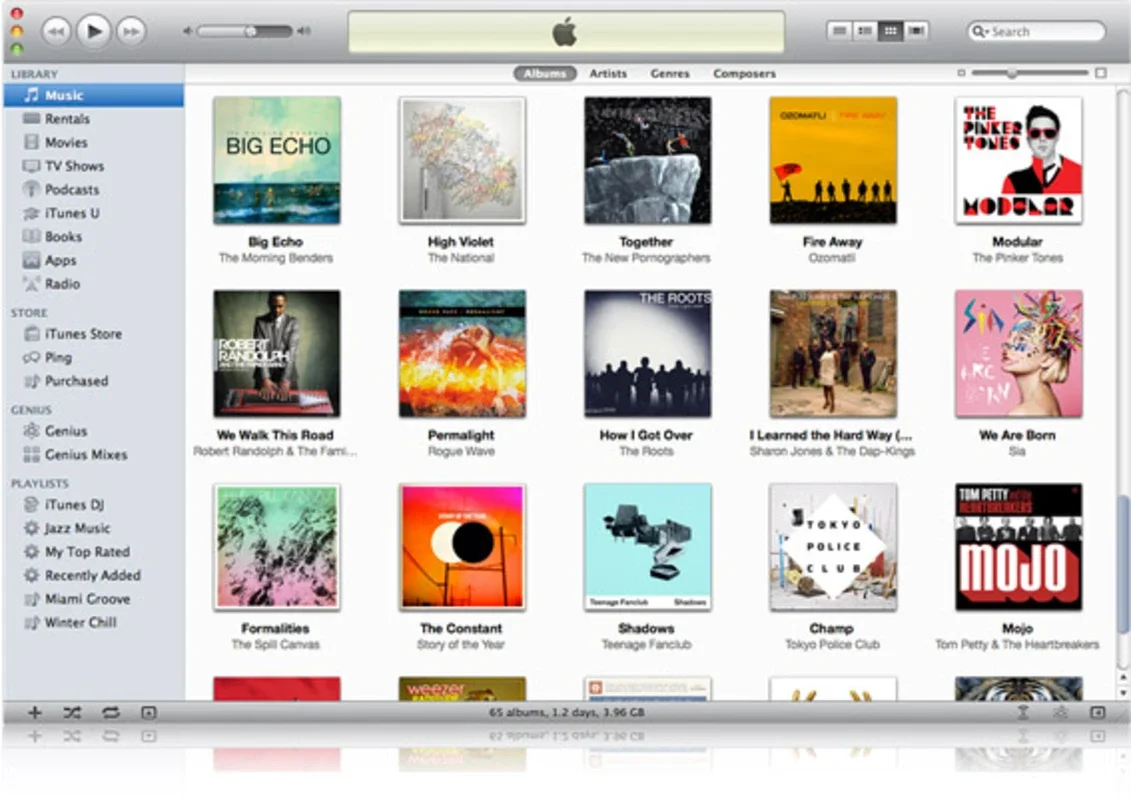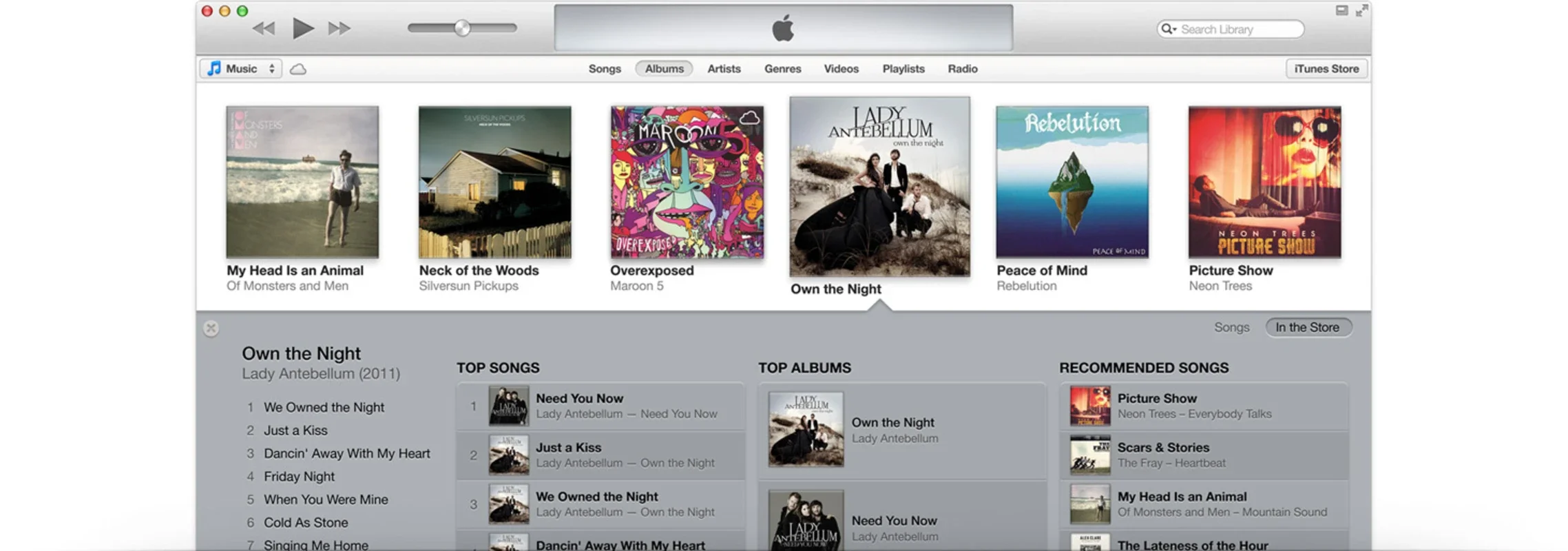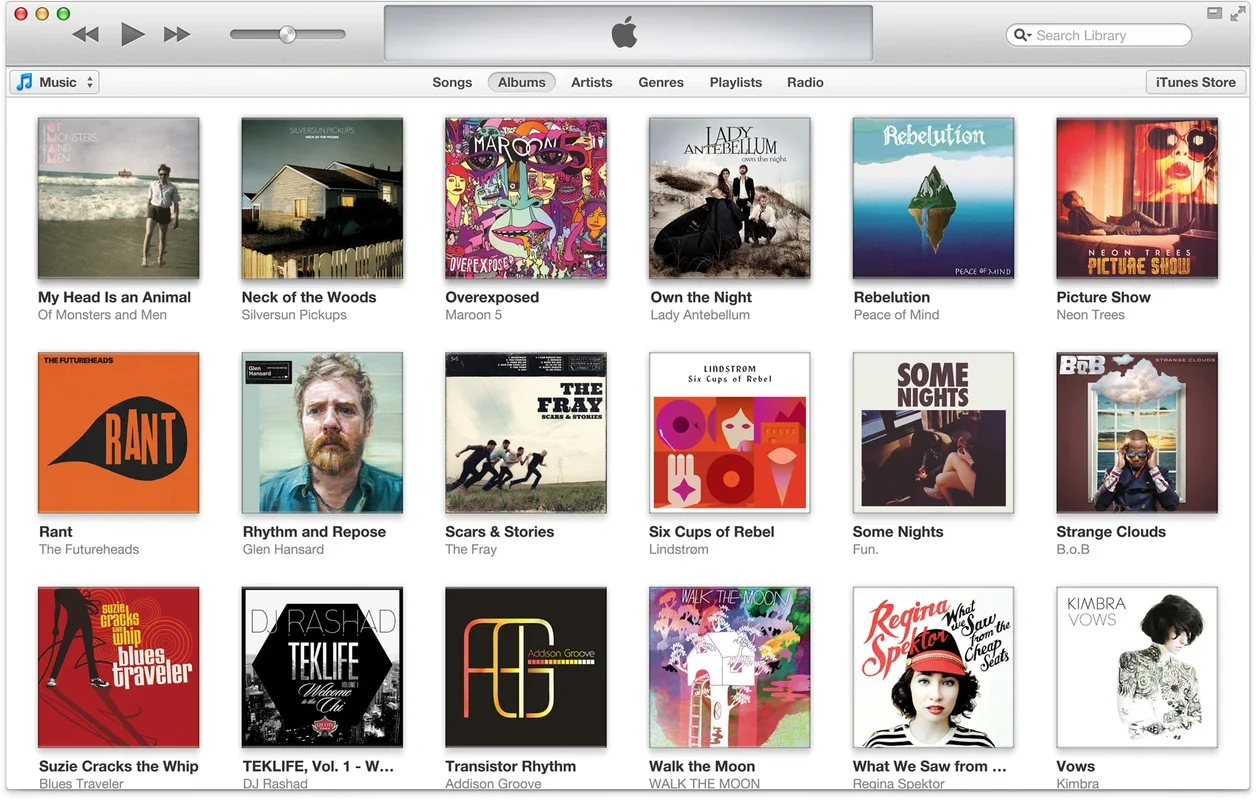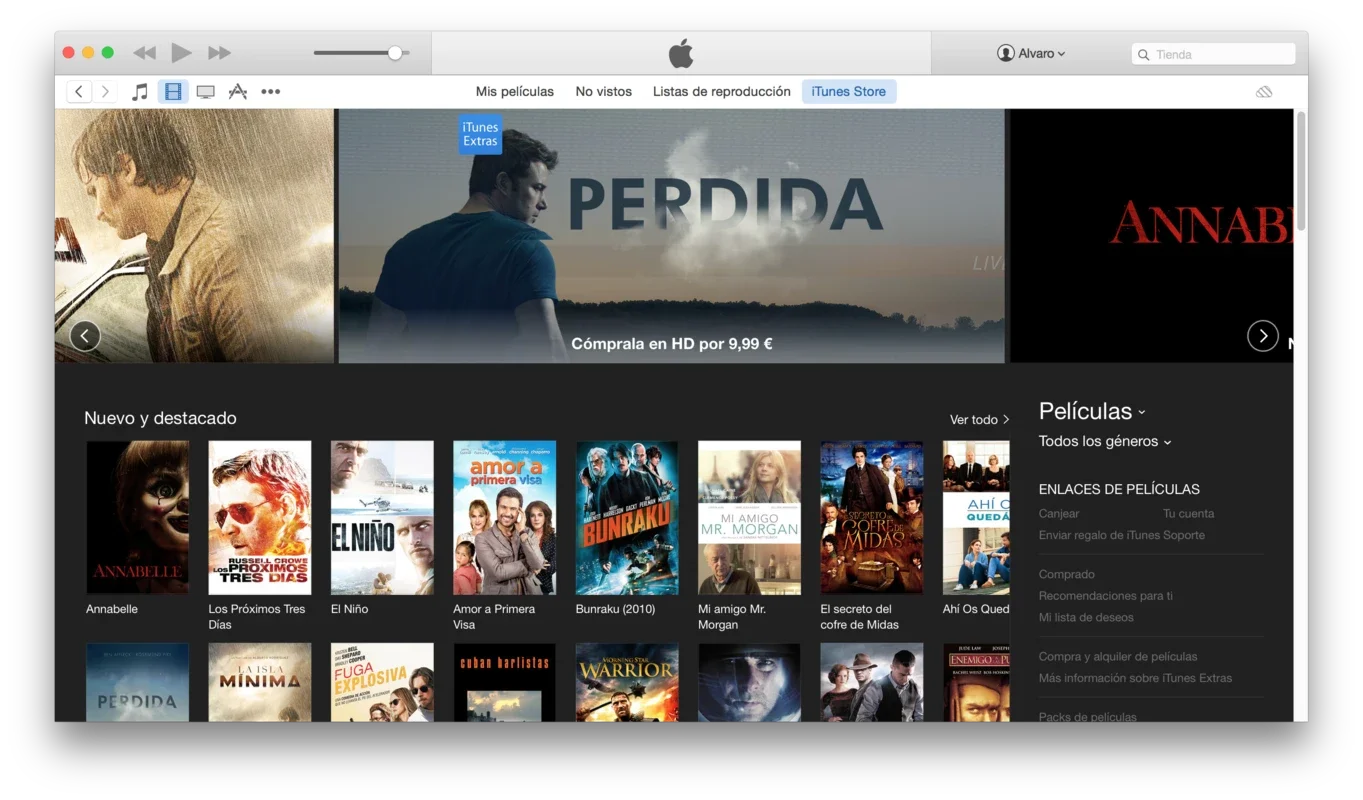iTunes App Introduction
Introduction to iTunes
iTunes has been a staple in the digital media world for a long time. It was introduced by Apple and has since become an integral part of the media experience for many users, especially those within the Apple ecosystem. It is not just a simple media player but a powerful organizer as well.
The Evolution of iTunes
Over the years, iTunes has undergone significant changes. Initially, it was mainly known for its role in managing music on iPods. As technology advanced and Apple introduced more devices like the iPad and iPhone, iTunes evolved to handle a wider variety of media types including movies and books. The recent redesign of iTunes was a major step. The removal of sidebar shortcuts from the library and the relocation of all shortcuts to a top - level menu was a significant change. This new design gives a cleaner and more modern look to the application. The improvement in the search function also made it easier for users to find their desired media quickly. Additionally, the enhancements to the display screen and the classic mini - player were well - received. The mini - player, in particular, is great for those who want a simple and distraction - free way to play their favorite music.
Features of iTunes
Integration with iCloud and iTunes Store
One of the most important features of iTunes is its full integration with iCloud services. This allows users to access their media libraries across multiple devices seamlessly. For example, if a user purchases a song on their iPhone, they can easily access it on their Mac through iTunes, thanks to iCloud. The integration with the iTunes Store is also a key aspect. The iTunes Store is a well - known and legal source for media downloads. It offers a vast collection of music, movies, and books. Users can browse through different genres, new releases, and top - selling items with ease.
Apple Music
The introduction of Apple Music within iTunes was a game - changer. Apple Music is one of the company's major initiatives in the music streaming space. It offers users access to a huge library of songs, curated playlists, and radio stations. With Apple Music, users can discover new music based on their preferences and listening habits. It also allows for offline listening, which is a great feature for those who may not always have an internet connection. For music fans, this addition to iTunes has made it an even more appealing application.
iTunes for Media Management
For users with large multimedia libraries, iTunes is an essential tool. It allows for efficient organization of music, movies, and books. Users can create playlists, categorize their media by genre, artist, or album, and even add metadata to their files for better organization. The ability to manage and play different types of media within a single application is a major advantage. For example, a user can be listening to music and then easily switch to watching a movie without having to open a different application.
Constant Updates and Improvements
iTunes is constantly evolving. Apple regularly releases updates that bring new features and improvements. These updates not only fix bugs and security issues but also introduce new functionality. For instance, improvements in the media playback quality, better support for new file formats, and enhancements to the user interface are some of the things that users can expect from these updates. This continuous improvement process ensures that iTunes remains relevant and useful for its users.
Conclusion
In conclusion, iTunes is much more than just a media player. It is a comprehensive tool for managing and enjoying digital media. Its evolution over the years, integration with important services like iCloud and the iTunes Store, and the addition of features like Apple Music make it an essential application for anyone who loves music, movies, or books. Whether you are a casual media consumer or a hardcore media enthusiast with a large library, iTunes has something to offer.
